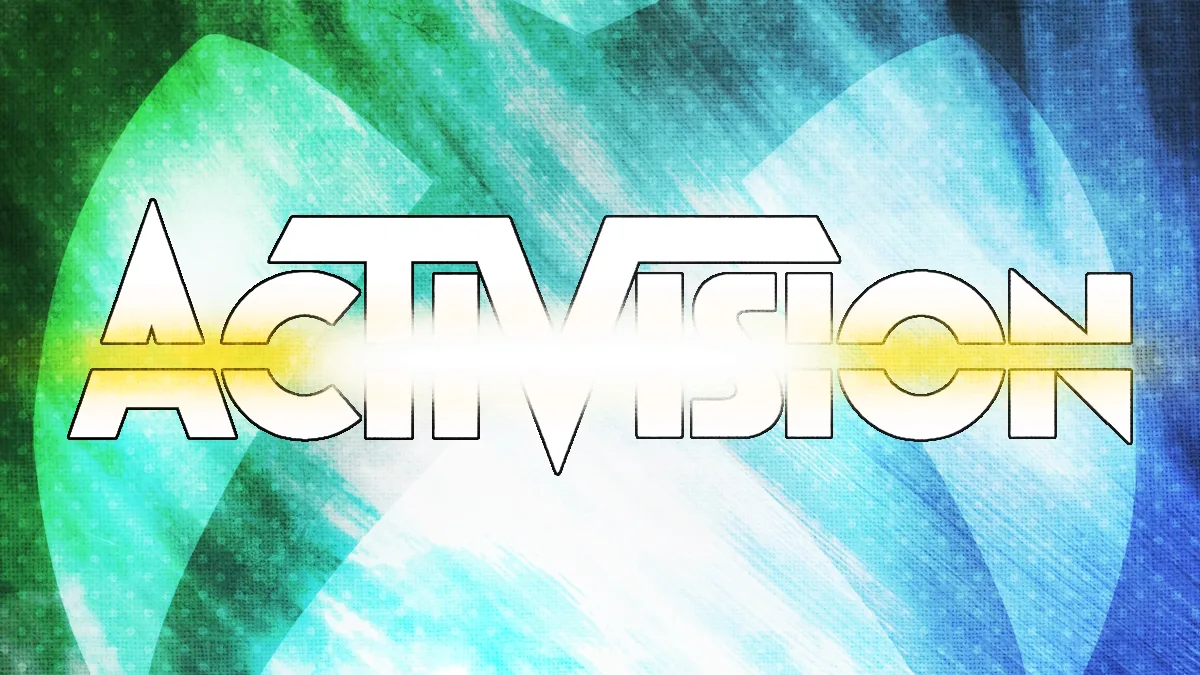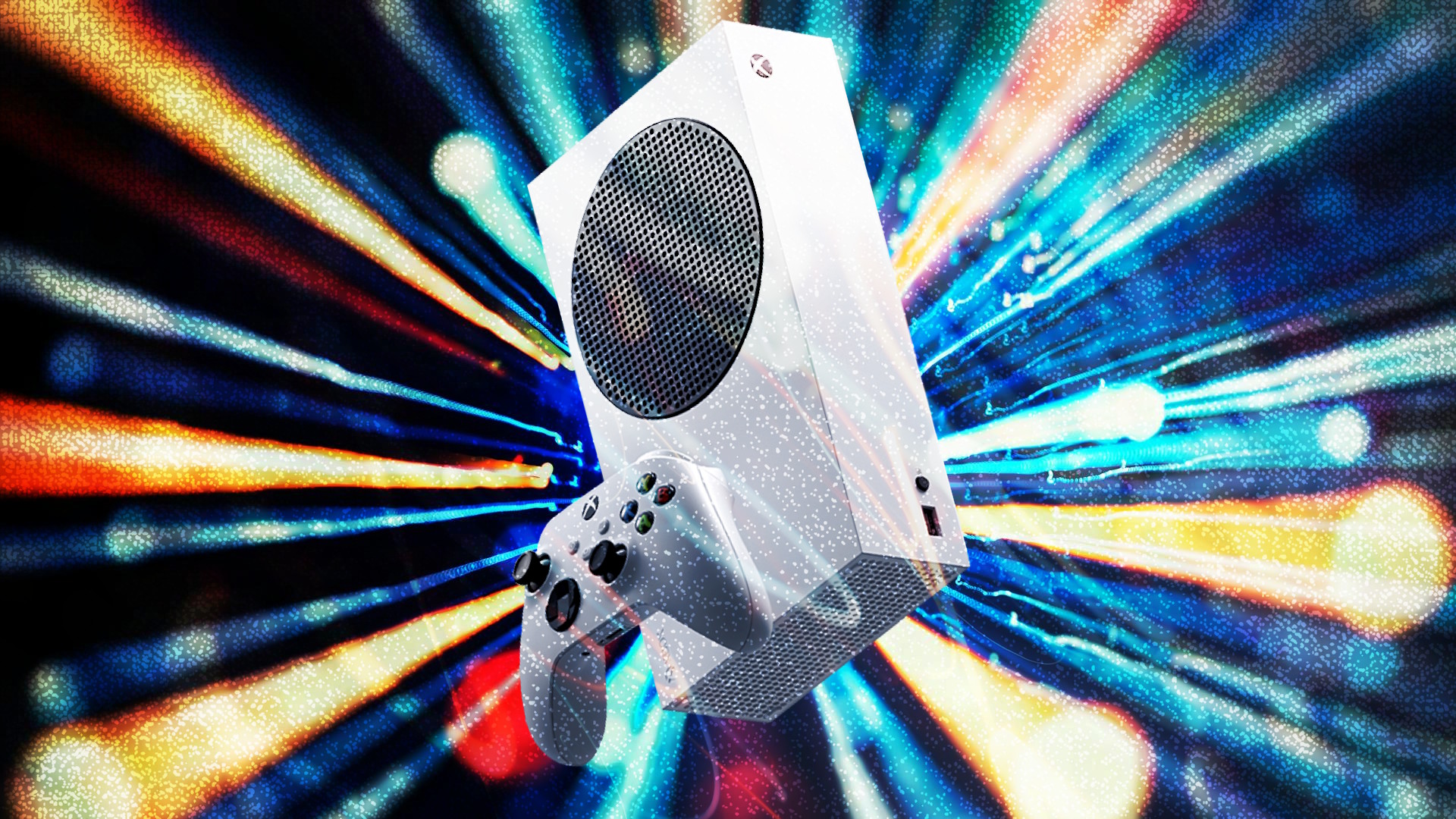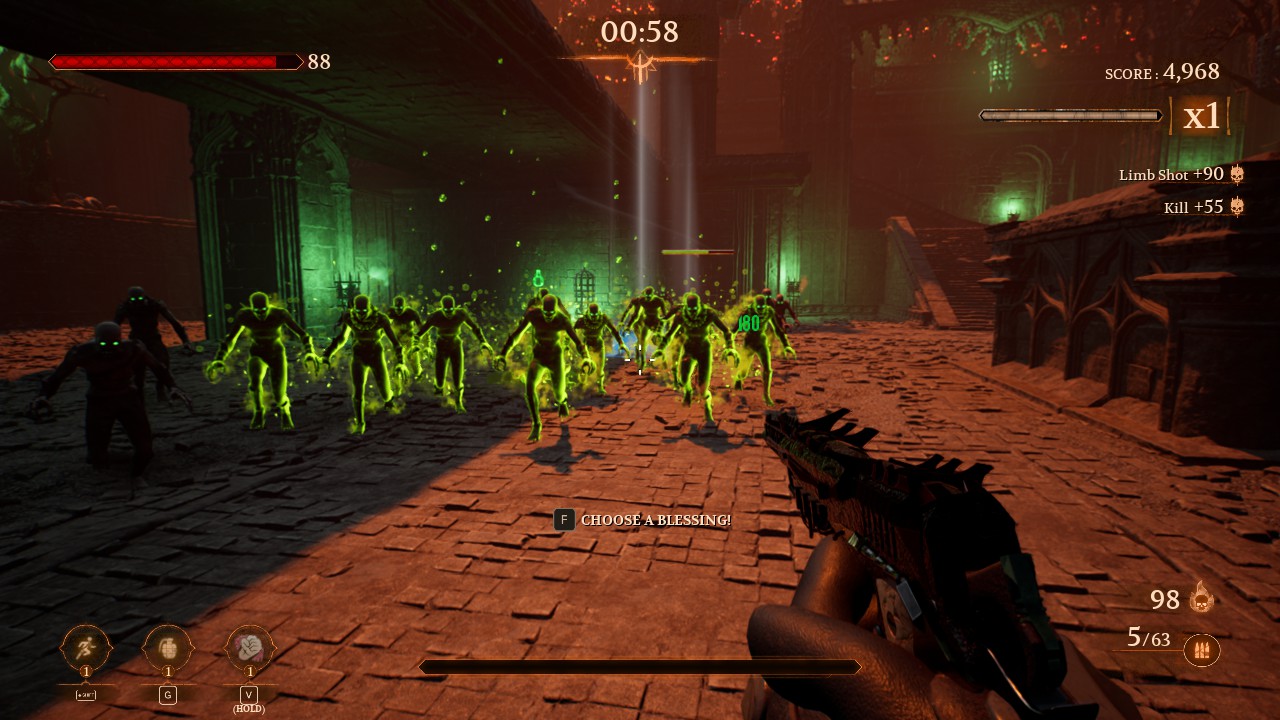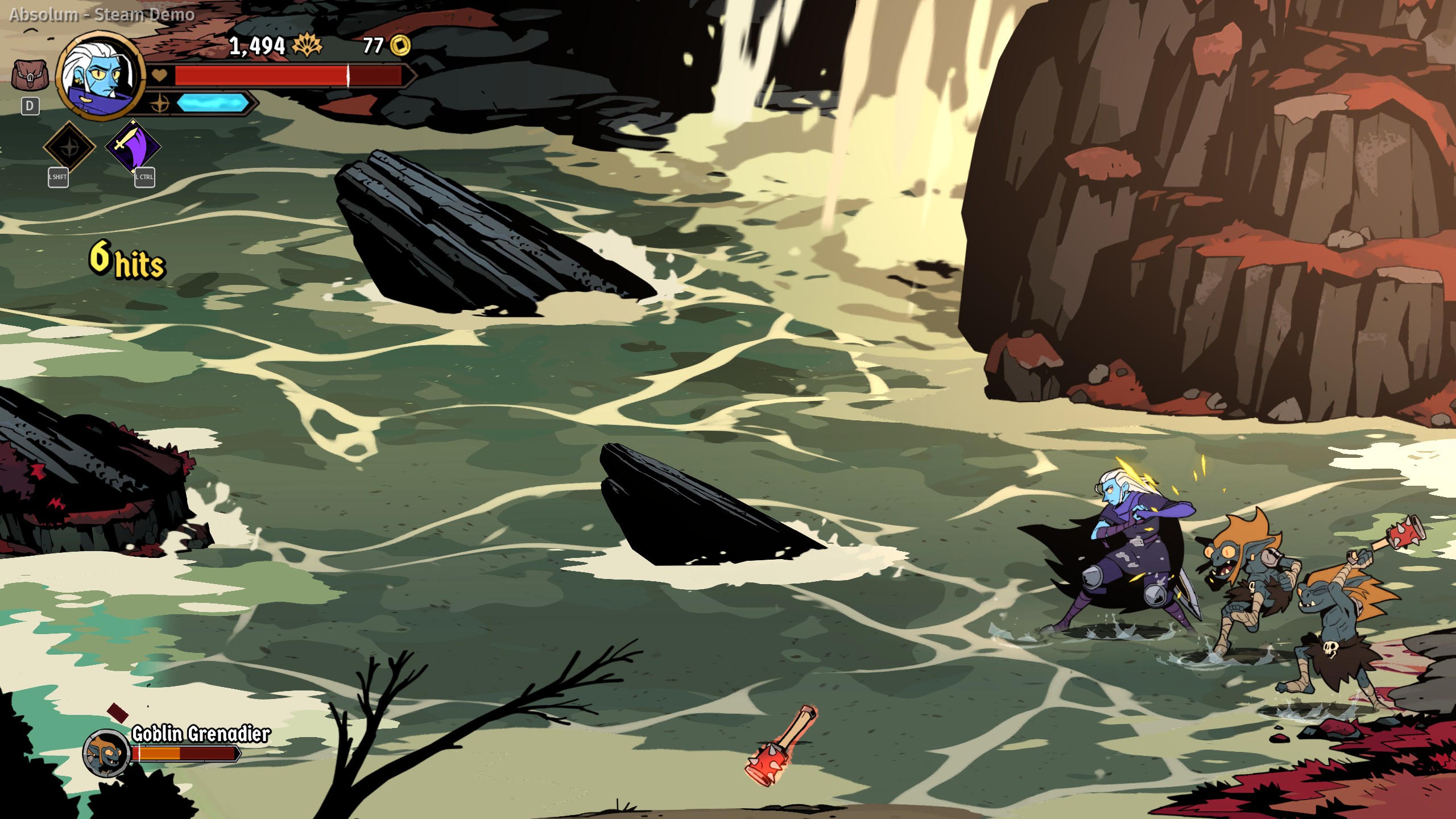To kick off 2022, Microsoft hit us with news that echoed throughout both the video game and business sectors as a whole. Microsoft announced the acquisition of Activision-Blizzard for an eye-watering $68.7 billion in cash.
This announcement was substantial for a variety of reasons: it’s one of the biggest acquisitions ever in terms of both monetary value and IP value, not to mention it would take one of the biggest third-party companies in gaming under the wing of one of the giant platform holders. Such a grand proclamation was met with a variety of responses, most of which including a mix of shock and a dash of hesitation. Fast-forward to now, after a long and arduous battle across several courts, the deal is the closest it has ever been to being completely sealed. While both companies have trumpeted that this move is one to benefit gamers everywhere, there’s no getting around that, above all, this whole fiasco has most certainly been an example of how gaming is very much a sport of business.
Finding a place for Xbox
It goes without saying that Microsoft is one of the largest, most influential companies in both the tech/electronic space in the world. Microsoft products and services run on millions devices and it has been able to grow roots across several different industries. Yet, video games has presented an interesting situation for the US tech giant.
The original Xbox launched in 2001 at quite an interesting time in the console industry. The 6th-generation was underway, but there was a big shift. Xbox arrived just as industry veteran, Sega, was formally bowing out.
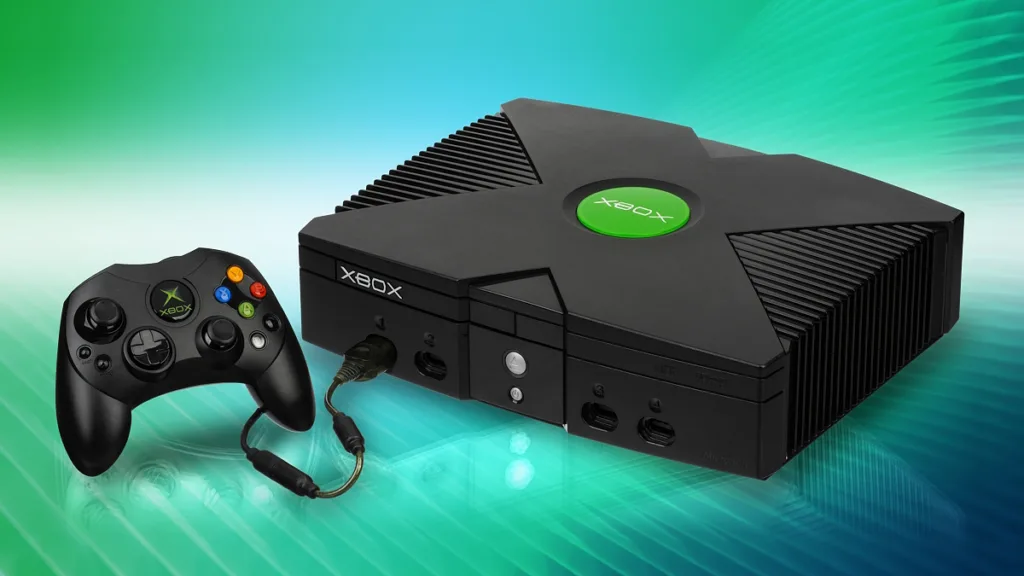
Not too long after the 1999 release of its final console, the Dreamcast, the writing was on the wall for Sega. This is what led to it having to restructure, with the biggest change being that of letting go of its hardware business. Interestingly enough, both Miceosoft and Sega had already been in talks with one another and seeds of a partnership had been planted. Microsoft did assist with a bit of Dreamcast’s development and many titles that got entries on the system before its demise saw sequels arrive later on the Xbox.
Altogether, Microsoft essentially absorbed Sega’s vacant position. The end result wasn’t half bad for a newcomer. The original Xbox went onto sell over 25 million units worldwide; not a massive amount, but better than the ill-fated Dreamcast, and even more surprisingly, it outpaced the likes of Nintendo’s own 6th-gen system, the GameCube.
Of course, everyone but Sony had a bit of a rough time during this generation of systems, as its PS2 went onto sell 155 million units worldwide, with a production run that lasted over a decade; two incredible milestones that have yet to be surpassed by any system since.
Following the conclusion of the 6th-gen, the stage was set. Microsoft had Sony locked in its crosshairs as the true rival to take down. From here on out, the two would play a long, drawn out battle of ‘tit-for-tat,’ with each side trying to one-up the other in almost every way.
To an extent, this battle and its long-established strategies continue even to this day. Meanwhile, Nintendo has opted to carve its own path in the meantime, which happens to be going well for the company in recent years following the massive success of the Switch since 2017.
Between Sony’s long-standing reverence and Nintendo’s newfound wave of success, it’s for these reasons why Microsoft considers itself to be in the position of “distant last place”.
‘This town’s not big enough for both of us’
That summary of the situation isn’t a comment of my own, but rather was a part of Microsoft’s argument during the extensive court hearings that took place during the Summer 2023.
Here, the Microsoft-Activision acquisition was challenged by the FTC, along with Sony. The problem cited with this deal is that Microsoft is already too big and absorbing another large player like Activision-Blizzard would create an unfair advantage.
It’s this stance which led to various key personnel from Activision and especially Microsoft, to argue about the proposed benefits that this merger would bring.
Without getting too much into the weeds, what those court hearings boiled down to was that Activision saw benefit by being under Microsoft as a way to ensure it will always have the resources it needs to continue building games. As for Microsoft, it stands by the ‘fact’ that Sony and Nintendo are in far healthier positions, therefore such a drastic manoeuvre is needed to ensure its continued survival in this challenging space.
Microsoft and Sony’s drawn out direct battle has seen victories and failures over the years, with the 7th generation easily being the closest skirmish thus far.
When it launched in 2005, the Xbox 360 got a one year head start and turned out to be a significantly easier system to develop for than Sony’s PlayStation 3.
Sony’s runaway success during the PS2 era also gave it an egregiously big head and arguably its cockiness ended up clouding its judgement. This led to the PS3 being very expensive both for Sony and for consumers alike, yet Sony simply thought the masses would take the pinch to the wallet and buy it anyway.
That did happen, but far later down the line after several hardware revisions and subsequent price cuts.
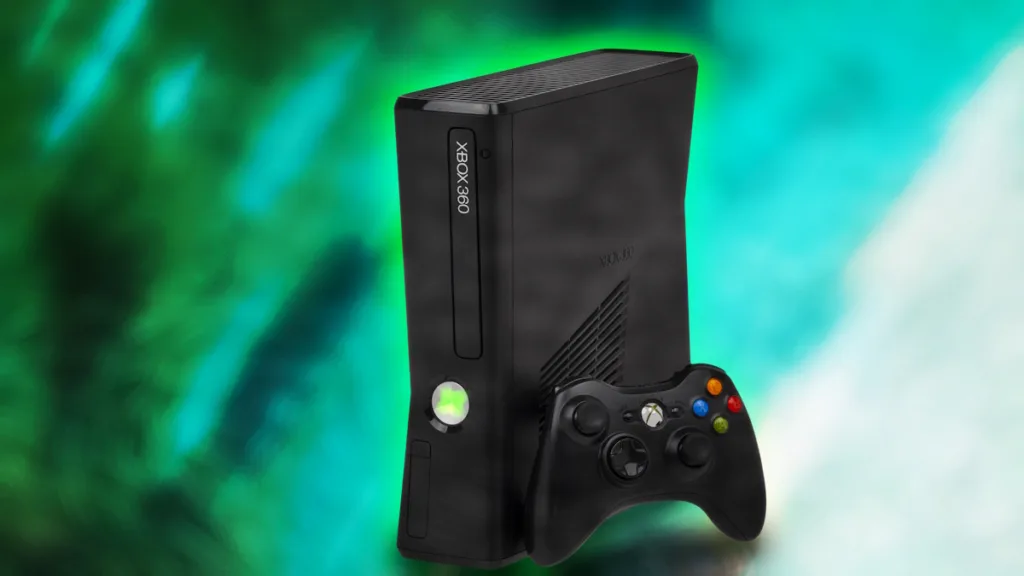
The issue of developers struggling to learn the system’s architecture never went away, however. So, aside from its first-party titles showing how truly capable it was, the PS3 often played second fiddle to the 360 when it came to multiplatform games. All of these missteps played into Microsoft’s hand, but, all wasn’t smooth sailing for the Xbox 360, either.
Even though it hit the track first, the 360 essentially spun out right from the start with a mass amount of early units developing the dreaded ‘Red Ring of Death’ hardware failure. This damaged the 360’s early reputation and led to Microsoft spending several months and millions of dollars fixing units and reimbursing customers.
Indeed, both 7th-gen systems had some growing pains in their early years, but as the historically lengthy generation of nearly a decade carried out, the playing field began to stabilise.
In the end, the Xbox 360 led for a good while, but was ultimately passed by the PS3 towards the very end by a few notches (84 million vs. 87 million, respectively.) Still, both didn’t sell as well as the Nintendo Wii, which ran away with over 101 million units sold across the generation.
This intense battle carried right on into 2012, with the start of the 8th-generation. However, yet again we see a big shift in the dynamic of the console industry.
Here, with the Wii U, Nintendo tried to lean into the massive success generated by the Wii, yet fell flat on its face doing so. In 2012, the Wii U launched first by a year. Even so, it sputtered out almost immediately to a tragic degree with sales dropping off and never recovering.
Meanwhile, Sony prepared the PS4 in a fashion almost like that of a fallen hero. The company learned greatly from its mistakes in the previous generation and wanted to hone in on its strengths to deliver a truly great product.
As for Microsoft, it now knew that the Xbox brand was a success and that resulted in ambitions to now turn the next console into an entertainment hub of sorts.
This led to the E3 2013 reveal of the Xbox One going down infamously as one of the strangest and ill-received console reveals in gaming history, primarily due to the company focusing too much on the system’s non-gaming functionality.
Yet still, the already bad reveal was further marred by a push for mandatory online check-ins as a form of DRM. Not to mention that the bad reveal also tried glamorise the forced integration of the Kinect motion accessory, which many gamers saw as clunky and nothing but an unnecessary forced expense.
All the while, Sony revealed the PS4 later that same day to massive fanfare. It was once again the most powerful system, had no convoluted DRM or forced extra accessories, was cheaper, and was promised to be far easier to develop for than that of the PS3. So, for both developers and consumers alike, it essentially was seen as the golden egg of the 8th-gen lineup.

The original Xbox’s relatively modest pull of 25 million compared to the PS2’s 155 million wasn’t seen as a failure because it was new and arguably could even be considered experimental. The Xbox One, however, didn’t have that luxury.
This was Microsoft’s third console, and the brand had now been building a customer base for over a decade. So, the sharp contrast between its reveal and the PS4’s was seen as a massive fumble on Microsoft’s part.
Unlike in the 7th generation, Microsoft was never able to fully recover from mistakes made early on.
The Xbox One ultimately did alright, especially after its reputation was spruced up later on with the release of the Xbox One S and Xbox One X. Nevertheless, it could never catch up to the likes of the PS4.
Officially, the PS4 has sold over 117 million units worldwide, but there’s not even an official count for the Xbox One as Microsoft stopped reporting numbers not too far into the generation. This particular move was one of the earliest signs of the company pivoting into the path we now see it valiantly trekking when it comes to how it handles Xbox brand today and why it sees itself as being a distant third in the console race.
If you can’t beat them, support them?
Microsoft’s declaration during the aforementioned court hearings of needing to acquire large IPs in order to forge a real path in the industry is not exactly without merit. By and large, yes, it has put itself into a precarious position over the years with the Xbox brand.
On the other hand, Sony has truly managed to form an incredibly strong sense of brand loyalty when it comes to its PlayStation fanbase. Though it fumbled in the early days of the PS3, the fact that the system still managed to recover and even then later outpace the Xbox 360 is one of the strongest examples of this. The PS4’s domination of the 8th-gen was both a carryover of this ‘return to form’ and also a product of both Nintendo and Microsoft making grave errors in their strategies.
Nintendo has managed to pick itself up, dust itself off, and has since charged ahead as evidenced by the initially unexpected success of the Switch. The jury is still out as to whether or not this wave of success will be smoothly transitioned into the company’s next platform.
Meanwhile, as for Microsoft, its current standing is still that of the oddball.
The Xbox Series X & Series S are doing well since their launch in 2020, though Microsoft still refrains from revealing exact numbers. Meanwhile, PS5 sales are very healthy, and over the last few months it has been the leading platform in large markets like the US. All the while, the aged Switch is continuing to hold its own against both the PS5 and Xbox Series consoles, and has even been at times outpacing the sales of the newer systems, though that phenomenon is likely not to continue.
When observing the breakdown this way, it’s no wonder why Microsoft has adopted a new strategy when it comes to finding a real footing in the industry. And, what is that strategy, exactly?
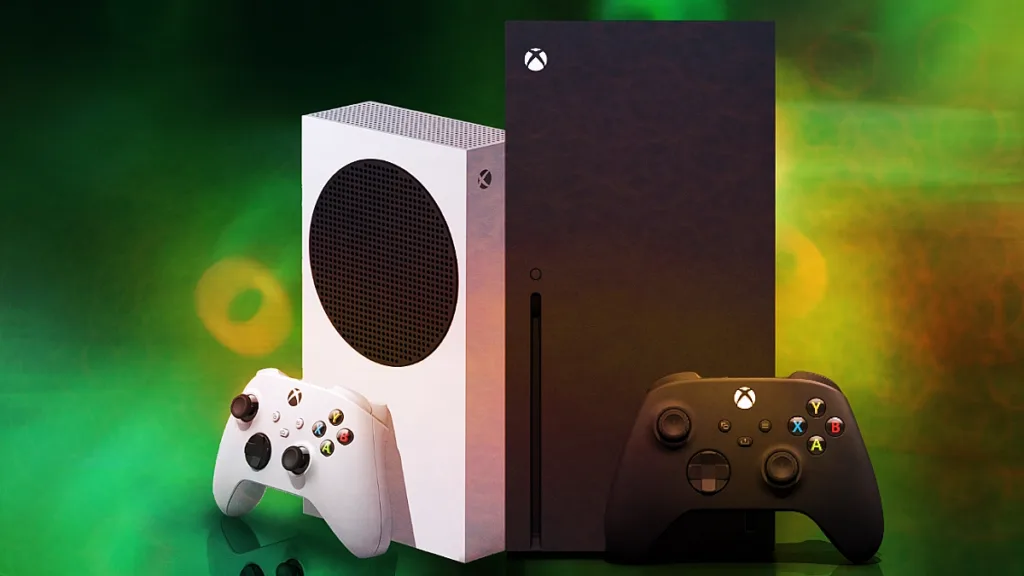
With the Xbox 360, the focus was building on the success of the original Xbox and taking PlayStation head-on. The Xbox One was seen as cementing ‘Xbox’ as a truly established brand, but it couldn’t quite stick the landing, at least not the way Microsoft may have initially intended.
That’s why throughout the later parts of the Xbox One era, Microsoft gradually shifted ‘Xbox’ from just a console-specific brand to the flag for Microsoft’s entire gaming efforts. This is Microsoft’s current playbook.
Making movements
Throughout the later years of the Xbox One era, we saw the launches of services such as Xbox Game Pass (2017) and Xbox Play Anywhere (2016); the latter of which would finally bring all first-party releases to PC (as a cross-purchase even, no less) after several years of Microsoft more-or-less ignoring what is essentially the other half of its consumer base.
This move was pivotal, as branching into the PC market allowed ‘Xbox’ as a brand to tap into some much needed new pools of interest. From here, Microsoft would continue this ‘Xbox-ification’ of its gaming business.
In 2015, an Xbox app was brought to Windows 10. This would grow to feature various aspects console-to-PC functionality, as well as building out additional features that would benefit PC gamers directly such as the Xbox Game Bar (a now integrated component of Windows 11) and facilitating downloads, purchases and updates.
Another bit of evidence is that of the rebranding from Microsoft Studios to Xbox Game Studios in 2019. This ties into the acquisition of Activision-Blizzard directly, as once the deal goes through, its games would also be published under this label. A relatively small change, but a powerful one. More on that in a second.
Most recently in 2020, we saw the formal launch of Xbox Cloud Gaming, previously known as Project xCloud.
This service, in particular, shows how far Microsoft is willing to go to stretch the influence of Xbox into new territory. With this, which happens to now be rolled into Xbox Game Pass, users can play console-quality first-party and select third-party games on any supported device, including mobile devices and select smart TVs.
There are even more discreet instances of this rebranding. Game case sleeves for physical Xbox One titles eventually got remade to simply feature ‘Xbox’, which has been carried over to Xbox Series cases.
The same is true for various accessories like controllers; there’s not an Xbox One and Xbox Series controller, they’re both just officially referred to as Xbox Wireless Controllers. The simple ‘Xbox’ label is a bit confusing at first glance, but it just all goes to show that “Xbox” has become the catch-all term for anything gaming-related coming directly from Microsoft.

The world may have gotten two new Xbox consoles in 2020, but at this point, they serve as additional sectors in the overall brand; big sectors, of course, but not the sole carriers of the label, like during the eras of the original system and the 360.
In a sense, Microsoft has admitted defeat, at least in terms of directly competing with the likes of Sony, and even Nintendo, though the latter continues to brand itself as operating in an alternative space.
Simply put, rather than trying to play ‘tit-for-tat,’ Microsoft has, to a rather wide extent, spread its wings. As such, it’s casting a shadow across the gaming world as a whole. It seems that as far as Microsoft is concerned, it’s totally fine if if you’re not playing on Xbox console, but you could very well be making use of an Xbox-enabled ‘something’, whether it be a product, service, or published game.
When looking at the situation through this lens, could we really blame Microsoft for taking such a drastic approach?
Details matter
Throughout this piece, we’ve discussed the victories and blunders of how Microsoft has handled its gaming business and compared it to the other console makers.
While the Xbox fanbase has weathered the storms and sunny days throughout it all, there’s one group who’s likely been a lot less resilient: investors and shareholders.
A few sentences ago, I mentioned how Activision-Blizzard games being published under the Xbox Game Studios brand as a small detail with big ramifications.
To the end user, it practically matters nothing what the publisher of their favourite titles are, much like how their favourite artists will release new music under big labels. Simply put, as long as the works can be delivered to the audience, “all is well that ends well” as far as a given customer is concerned.
However, behind the scenes, each move is being watched incredibly closely by the ‘suits and ties’ who supply a massive percentage of the funds to make all of this happen.
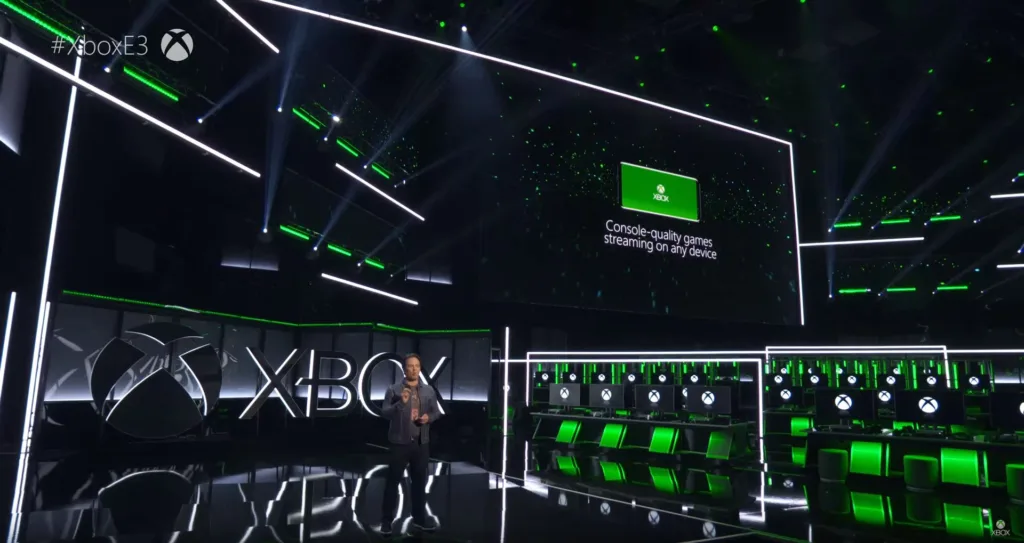
Yes, the dollars spent by customers do lead to more product being made, but Microsoft’s endeavours are not entirely funded by the masses. The investors and shareholders, often far out of public view, are who really make and break the deals that these large companies such as Microsoft are involved in.
Throughout the three completed generations of Xbox, and fourth ongoing, the brand has ultimately failed to do what it should do as a product: turn a sizeable profit. 20 years in the ‘game’ so far, and one can argue that Xbox has barely made it past the first few levels. It’s been using extra lives aplenty, some cheat codes even, and yet has very little to show for it.
While it has maintained a huge following, that’s not exactly what the suits are interested in, because there’s not enough dollars behind all that.
‘Money makes the world go round’
Moony, a well-spoken lawyer that also happens to be a gamer, known as “Moon Channel” on YouTube, published a video back in March that went onto dive into the question: “Why isn’t Sega overprotective of its intellectual property?”
This question stems from how Sega has long allowed the Sonic fanbase to essentially run unchecked, which has resulted in thousands of pieces of fan works. Most famously, this has even resulted in some members of the fan community being noticed in an official capacity and brought on board to work with Sega directly to produce projects, with the most popular so far being Sonic Mania.
It’s this seemingly benevolent attitude toward the Sonic fanbase which has led some to conclude that Sega has a soft spot for its members. Yet, as Moony points out in his video, this sentiment couldn’t be farther from the truth.
The primary takeaway from the video is that Sega is a for-profit company, and as such, its primary interest is to adhere to the wishes of its investors and shareholders. That means seeking out profit and growth in any way possible. Being soft-handed with the Sonic brand is one of the ways it has been able to garner some level of profit and goodwill from the consumers. Hence, Sega will likely continue to operate this way until this endeavour becomes inconvenient for achieving that profit-driven goal.
In other words, Sonic the Hedgehog, the fictional character, has loving fans, but Sega, the very real corporation that owns the Sonic IP, sees those same folks as potential profit seeds. If and when they turn into weeds that strangle the streams of money, so too will the strategy change to allow the brand to once again print money.
Really, it was this video and this major point in it that made me think of the whole situation behind Microsoft acquiring Activision, because a similar conclusion applies here.
Microsoft wants Activision so it can bolster its books and have even more influence in the industry, and Activision wants to be bought because now it can tap into Microsoft’s gigantic coffers, without having to rely on generating its own resources to stay afloat. Sure, it’s clearly done well for itself for several years, but would you turn down being bank rolled by one of the largest companies in the world to continue producing your wares?
In the end, who wins?
The answer to the question of this final heading is easy: everyone, kind of, sort of, maybe?
Alright, so perhaps it’s not that straightforward. Congratulations, we’ve now discovered that business rarely is that straightforward. That’s exactly why Microsoft has ended up here.
Microsoft’s endgame now is to spread Xbox to wherever it can shine the forest-green coloured light of the brand. Interestingly enough, even the likes of PlayStation in recent years has been sheepishly tapping into the PC market with a few key releases for similar reasons—it’s following the money trail.
Both companies have more or less determined that keeping their titles locked away to a single platform, while that works for swaying some people to become brand loyalists, still keeps a sea of other potential customers out of reach. As we’ve just concluded, the masses are the real treasure move.

While Microsoft does still believe in platform exclusives (which only makes sense), it still very much has now adopted the mentality that ‘Xbox’ can exist as more than just a console platform.
Pushing Xbox as a brand, almost everywhere, results in casting a wider net, thus potentially yielding more profits. This is no different than a fisherman deciding to abandon his tried and true ‘special spot’ on the lake and instead going out to an even bigger area to cast a wider net.
Xbox has certainly not failed as a console brand, but perhaps now that it’s a gaming brand as a whole, it can maybe turn the spreadsheets behind its veneer the same color as its logo. What does that mean for gamers, though?
Only time will tell. But, if anything’s for sure, this could very well set an interesting precedent for the future of the gaming industry.
Will Nintendo and Sony move to gobble up other major third-party companies as well? Will Xbox absorb other brands in the future?
So many questions, and so many possible answers. Yet, only one thing is almost for sure—the next few years will continually look quite different for the world of gaming.

